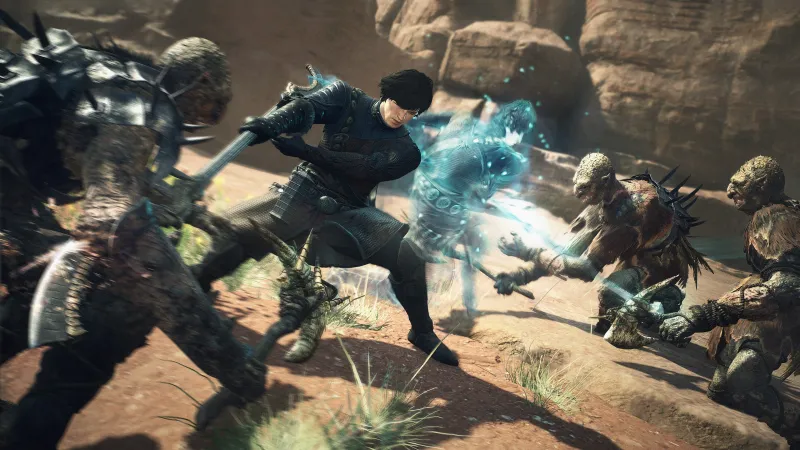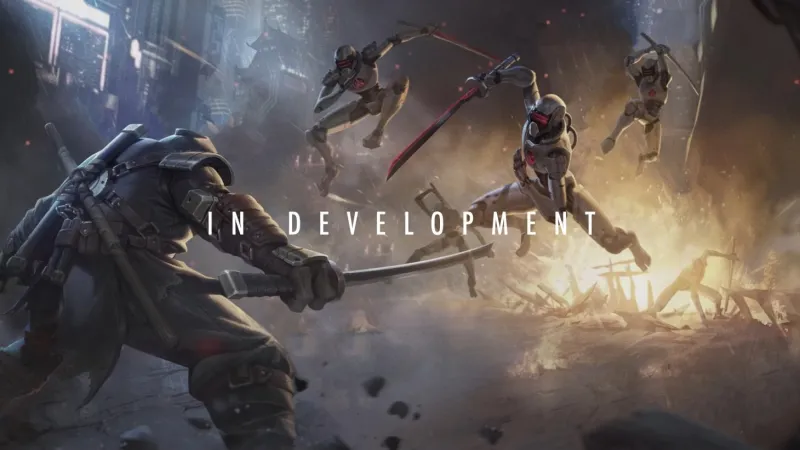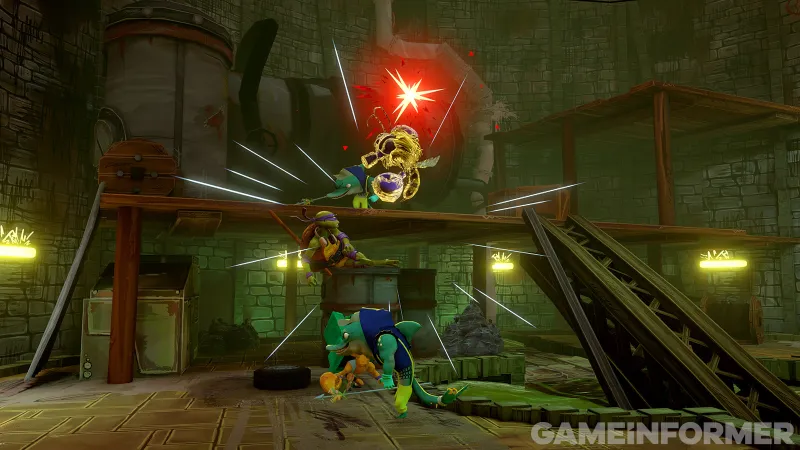A new MIT Bootcamps hybrid program recently convened 34 innovators to tackle substance use disorder from multiple perspectives. Together, they built and pitched new ventures with the goal of bringing life-saving innovations to the field.
The Substance Use Disorder (SUD) Ventures program featured workshops, case studies, and interactive sessions with researchers, entrepreneurs, and doctors who brought a multidisciplinary approach to tackling early detection, access to care and health equity, dual diagnosis, treatment, and relapse prevention. Through a rigorous selection process, the program cohort was chosen for their complementary, diverse backgrounds along with their passion for solving problems related to substance use.
Hybrid by design, the first three months of the program consisted of foundational work online, including a new asynchronous SUD 101 course led by Brown University Professor Carolina Haass-Koffler and live online sessions focused on topics like intellectual property and technology transfer. The program concluded with a five-day MIT Bootcamp on campus, where learners built and pitched a new venture to a panel of judges.
“Building a venture in the substance use disorder space is exceptionally challenging,” says Hanna Adeyema, director of MIT Bootcamps. “Our goal was not only to educate our learners but also to inspire and to ignite a sense of community. We achieved it by building relationships in a diverse group united by a shared vision to bring lifesaving products to market.”
Helping to solve an epidemic
In 2021, more than 46 million people suffered from substance use disorder in the United States. This means one out of every seven people in the U.S. can benefit from innovations in this field. In 2022, MIT Open Learning received a grant from the National Institute of Drug Abuse (NIDA) to create an entrepreneurship program for substance use disorder researchers. As the primary source of early-stage funding in this space, the National Institutes of Health (NIH) and NIDA are focused on initiatives, like the MIT Bootcamps SUD Ventures program, to help bring innovation to the field.
Armed with a deep expertise in innovation and immersive educational experiences, MIT Open Learning’s team, including MIT Bootcamps, hit the ground running to build the SUD Ventures program. Other team members included Cynthia Breazeal, Erdin Beshimov, Carolina Haass-Koffler, Aikaterini “Katerina” Bagiati, and Andrés Felipe Salazar-Gómez.
“The program connected substance use disorder knowledge and resources, including funding opportunities, to entrepreneurial competences and multifaceted skills of the learners,” says Cynthia Breazeal, dean for digital learning at MIT Open Learning and principal investigator for the project. “We have delivered a dynamic learning experience, sensitive to the root causes behind the innovation deficit in this field.”
Instilling the spirit of innovation
With 10-hour days, the immersive program blended formal and informal instruction to deliver a holistic and practical educational experience on substance use disorder and innovation. Learners attended case studies with health care companies like Prapela, Invistics, and RTM Vital Signs, moderated by Erdin Beshimov, the founder of MIT Bootcamps. They also attended workshops by MIT faculty, lectures by members of the NIH and NIDA, and interactive sessions with local startup veterans and medical professionals.
Learners walked away from the sessions motivated to solve problems, equipped with tangible next steps for their businesses. Bill Aulet inspired learners to leverage their own innovation ecosystems and shared how MIT is “raising the bar” of the quality of entrepreneurship education. Professor Eric von Hippel, a pioneer of user innovation, encouraged learners to tap into clinicians, nurses, and individuals with lived and living experiences as an important source of innovation within the health-care system. To give the clinical perspective from Massachusetts General Hospital, cardiac anesthesiologist Nathaniel Sims and former MGH Innovation Support Center director Harry DeMonaco energized learners with a personal story of successfully bringing medical device innovation to market and how to work with hospitals and early-stage adopters.
“This MIT Bootcamp shook everything upside down and has given me the spirit of innovation and what it looks like to be able to work in a big way, and to be able to think in an even bigger way,” says learner Melissa “Dr. Mo” Dittberner. A resident of Volin, South Dakota, Dittberner is the CEO and founder of Straight Up Care, a platform for peer specialists to help people with mental health and substance use disorders. As an entrepreneur in the substance use disorder space, Dittberner knows what it takes to bring a business to life.
Bridging disciplines to create impact
In the evenings, the cohort broke out into teams of five to collaborate on building a venture related to substance use disorder. Coaches provided guidance and the tough feedback teams need in order to build a venture that solves a real problem. With vast differences in age, background, industry, and how they came to make an impact on substance use disorder, each team had experts in many different verticals, ultimately leading learners to a more thoughtful and potent solution.
“One of the things MIT Bootcamps does really well is bring multiple disciplines to innovate together,” says Smit Patel, a pharmacist and digital health strategist who participated in the program. “We have seen a lot of silo innovation happening [in health care]. We have also seen problems being solved in piecemeal. How can we come together as a collective force — clinician and entrepreneur, a technologist, someone who has gone through this experience themselves — to build a solution?”
Dittberner echoed Patel’s sentiment, emphasizing the strength of the MIT Bootcamps community. “They’ve all kind of brought this different flavor,” Dittberner says. “I have created friendships and bonds that will last forever, which is so crucial to being able to be successful in the [SUD] space.”
Intent on building a community of domain expert entrepreneurs, the SUD Ventures program will continue to bring together innovators to solve acute problems in the substance use space. With another three years of funding for this program, Adeyema says MIT Bootcamps’ goal is to nurture the community of innovators brought together by this program, enabling them to bring their ventures to life and create meaningful impact to society.
This program and its research are supported by the National Institute on Drug Abuse of the National Institutes of Health. This award is subject to the Cooperative Agreement Terms and Conditions of Award as set forth in RFA DA-22-020, entitled “Growing Great Ideas: Research Education Course in Product Development and Entrepreneurship for Life Science Researchers.” The content of this publication is solely the responsibility of the authors and does not necessarily represent the views of the National Institutes of Health.





